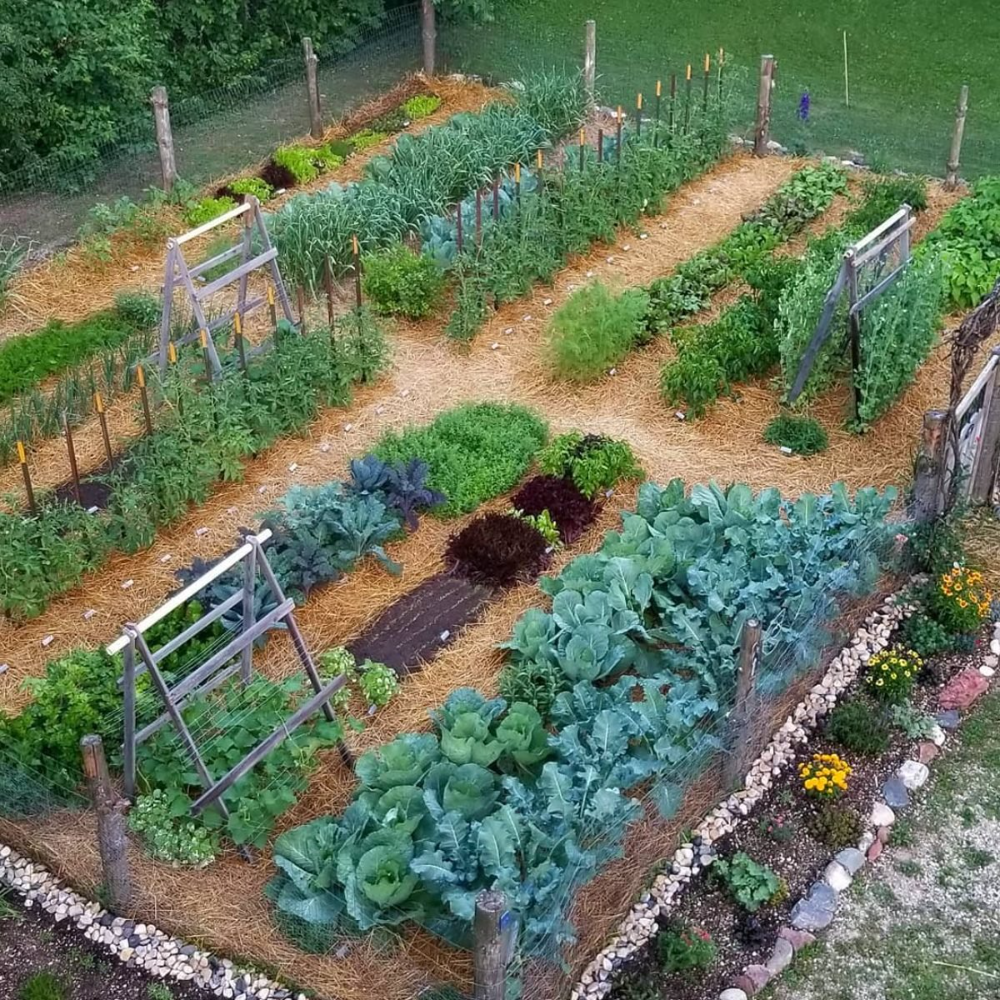
A well-designed vegetable garden can not only provide delicious fresh produce, but also add beauty and functionality to your outdoor space. Whether you have a small backyard or a large plot of land, there are endless possibilities for creating a vegetable garden that is both practical and aesthetically pleasing.
One of the key principles of vegetable garden design is incorporating efficient use of space. This can be achieved through techniques such as raised beds, vertical gardening, and intercropping. Raised beds are particularly popular as they provide better drainage, prevent soil compaction, and make it easier to manage weed and pest control. Vertical gardening, such as using trellises or arbors, allows you to make the most of limited space by growing climbing plants like tomatoes, cucumbers, and beans upwards.
Another important aspect of vegetable garden design is proper placement of plants based on their sunlight and water requirements. Most vegetables require at least 6-8 hours of sun per day, so it’s important to choose a location that receives adequate sunlight. Additionally, grouping plants with similar water needs together can make watering more efficient and prevent over or under watering.
When planning your vegetable garden layout, consider the aesthetics of the space as well. Incorporating elements like pathways, seating areas, and decorative fencing can enhance the overall look of the garden and make it a more inviting space to spend time in. You can also add ornamental plants or flowers to attract pollinators and beneficial insects, which can help improve the health and productivity of your vegetable garden.
Lastly, don’t forget to consider practical elements such as irrigation, soil fertility, and pest control when designing your vegetable garden. Drip irrigation systems are a great way to ensure plants receive consistent water without wasting it through evaporation or runoff. Adding organic matter like compost or mulch to the soil can improve fertility and water retention, while using natural pest control methods like companion planting and row covers can help protect your vegetables from insects and diseases.
In conclusion, vegetable garden design is a balance of functionality and beauty. By incorporating efficient use of space, proper plant placement, aesthetic elements, and practical considerations, you can create a vegetable garden that is both productive and visually appealing. So roll up your sleeves, grab your gardening tools, and get ready to design the vegetable garden of your dreams. Happy gardening!
 Garden Ideas
Garden Ideas









